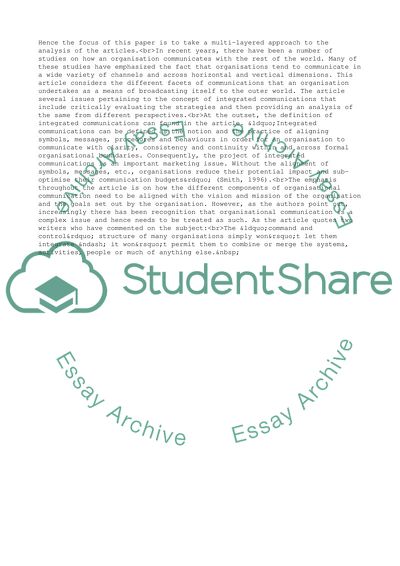Cite this document
(The Organisation of Integrated Communications Article, n.d.)
The Organisation of Integrated Communications Article. Retrieved from https://studentshare.org/management/1729581-article-summary-and-critical-views
The Organisation of Integrated Communications Article. Retrieved from https://studentshare.org/management/1729581-article-summary-and-critical-views
(The Organisation of Integrated Communications Article)
The Organisation of Integrated Communications Article. https://studentshare.org/management/1729581-article-summary-and-critical-views.
The Organisation of Integrated Communications Article. https://studentshare.org/management/1729581-article-summary-and-critical-views.
“The Organisation of Integrated Communications Article”, n.d. https://studentshare.org/management/1729581-article-summary-and-critical-views.


